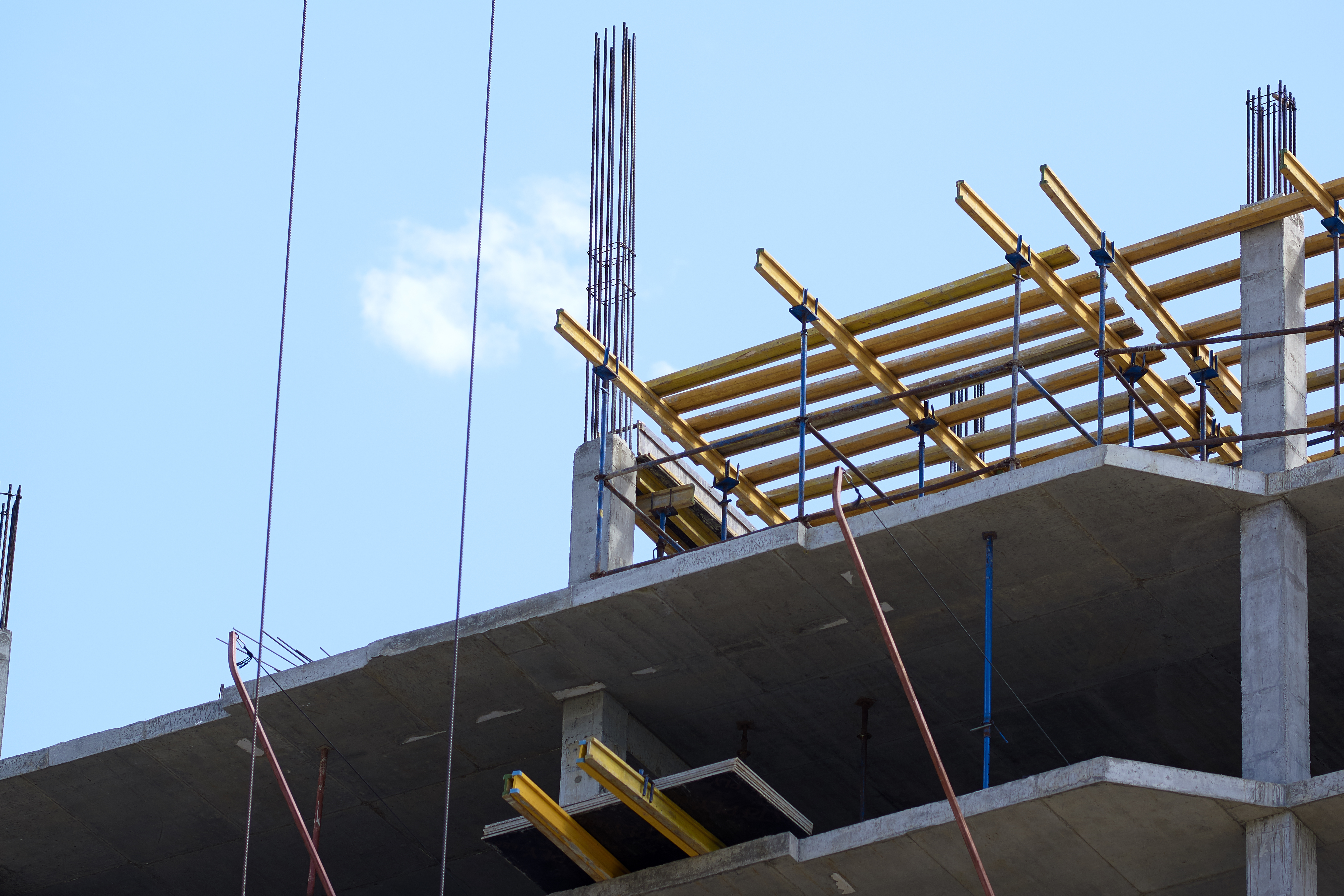Making Resilience a Reality
Louisiana Residences Stand Up to Hurricane Ida and Prove the Value of Building Stronger Communities
NEW ORLEANS, LA – In the midst of the devastating destruction wrought by Hurricane Ida a few weeks ago, there is some good news that dramatically demonstrates the powerful benefits of smart resilience planning and construction. Just down the road from heavily damaged multifamily structures in Lockport, sits Les Maisons de Bayou Lafourche. This 35-unit development, approximately 95% complete at the time of the hurricane, sustained only minimal damage.
Why the staggering difference?
Les Maisons was built to meet the Fortified Gold standard for commercial buildings. This drone video shows the stark difference between what happened here and with the other structures. Here, there was no roof damage and only 60 square feet of siding damage even after a Category 4 direct hit. This good news is the end result of resilience planning that began years ago with Louisiana’s application to HUD’s National Disaster Resilience Competition, which Civix supported.
Louisiana’s successful application resulted in the state receiving $98 million from HUD, $47 million of which funded the Louisiana Strategic Adaptation Strategies for Future Environments (LA SAFE). LA SAFE was a massive planning effort that engaged residents of six coastal parishes regarding the changing coast and ways to adapt to these realities. Through this program, the state worked with locals to formulate adaptation plans for housing along the coast. Ultimately, LA SAFE funded 12 pilot projects. The multifamily development that became Le Maisons de Bayou Lafourche is one of those.
Civix Senior Grant Manager Chad Carson saw firsthand how proper planning – and investing in resilience – can lead to these amazing results. Before joining Civix, he worked in the Louisiana Office of Community Development and was in on the front-end of this success story.
“When I worked for the state, I was involved with the implementation of some of pilot projects that came out of the state’s LA SAFE planning process,” said Carson. “Le Maisons de Bayou Lafourche was a pilot project to demonstrate the value of increased housing density on high, dry land built to higher construction fortification standards.”
“Sure, building to a higher standard is more expensive in the short-term, but in the long term, it pays off big time,” he continued. “The costs to make repairs after a disaster are significantly lower, and people can get back in their homes sooner. We got a true test of this strategy with Ida pretty much passing right over the site. Compare the fortified development’s minimal superficial damage to the complete destruction of nearby conventional construction, and the value of leveraging HUD funding for resilience is painfully obvious.”
“At Civix, so much of our work is on the front end of these projects. Action Plans, program design, project startup, and so on. So, it is fulfilling to see the work that Civix did on the NDRC application for LA SAFE directly leading to the construction of a resilient, multifamily development that withstood a direct hit from a major hurricane,” Carson said. “Also, this is such a great proof point for fortified design and construction, which should be incorporated at every opportunity. When HUD funding is invested wisely, it can have a far greater impact.”

